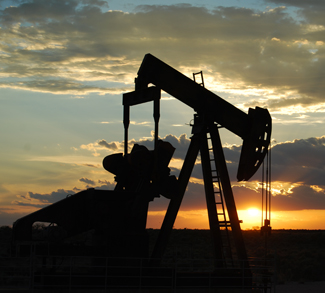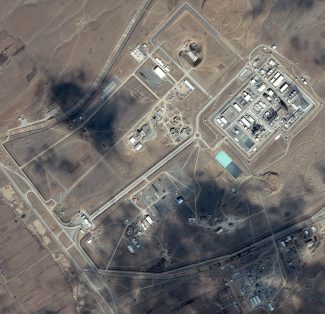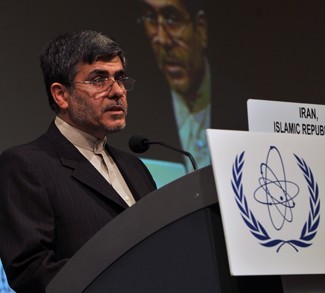The most immediate economic impact of the Iranian nuclear deal, and indeed the primary motivation for Rouhani’s pushing for it, is Iran’s unrestrained return to global energy markets. The Iranian authorities have made it clear that they’re ready and willing to flood the market with Iranian oil the second that sanctions are lifted; they have a lot of market share to make up for having been on the outside looking in for several years.
Now the big question is: How fast can Iran ramp up production?
Bijan Namdar Zanganeh, Iran’s oil minister, has stated that his country intends to pump 4 million barrels per day (bpd) within seven months of sanctions being lifted. He floated a mid-term goal of 4.7 million bpd to be reached as soon as possible after that. The IAEA provides a more conservative estimate that Iran will manage to ramp its production up to 4 million bpd by the year 2020.
Iran is producing around 2.8 million bpd currently and exporting around 1.5 million. The rest is being accumulated in vast storage areas throughout the country and in tankers out at sea. Some estimates have put these on-tanker reserves between 20-50 million barrels. These supplies can be sold the moment that sanctions are lifted, and this will be the most immediate impact of the Iran deal: a sudden dip in the price of oil as reserves are sold off. Not too sudden, as the reserves will likely be sold off gradually, but it will have an impact. After that, however, prices may rebound a bit and stabilize. Although Iran has had a lot of time to build up its reserves, it will take time and lots of foreign investment to modernize and expand the country’s energy industry and raise output.




